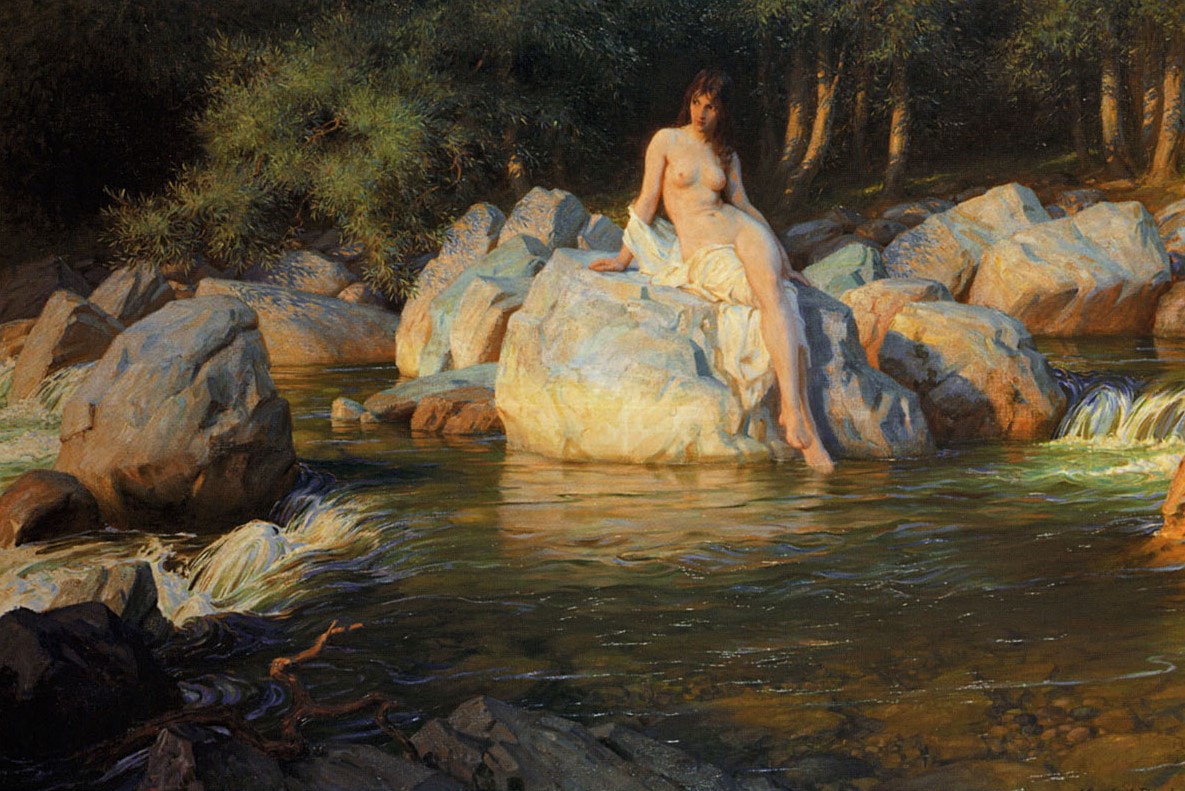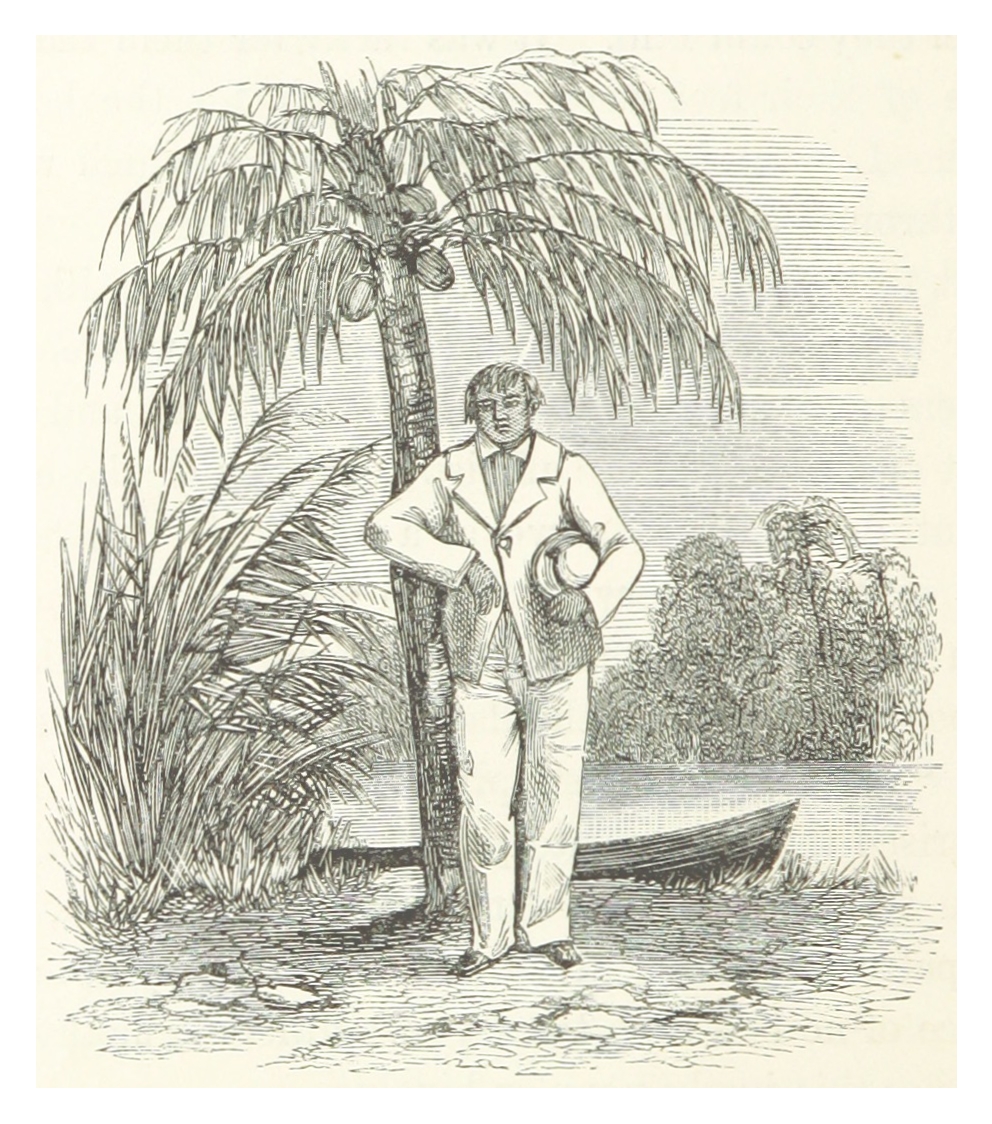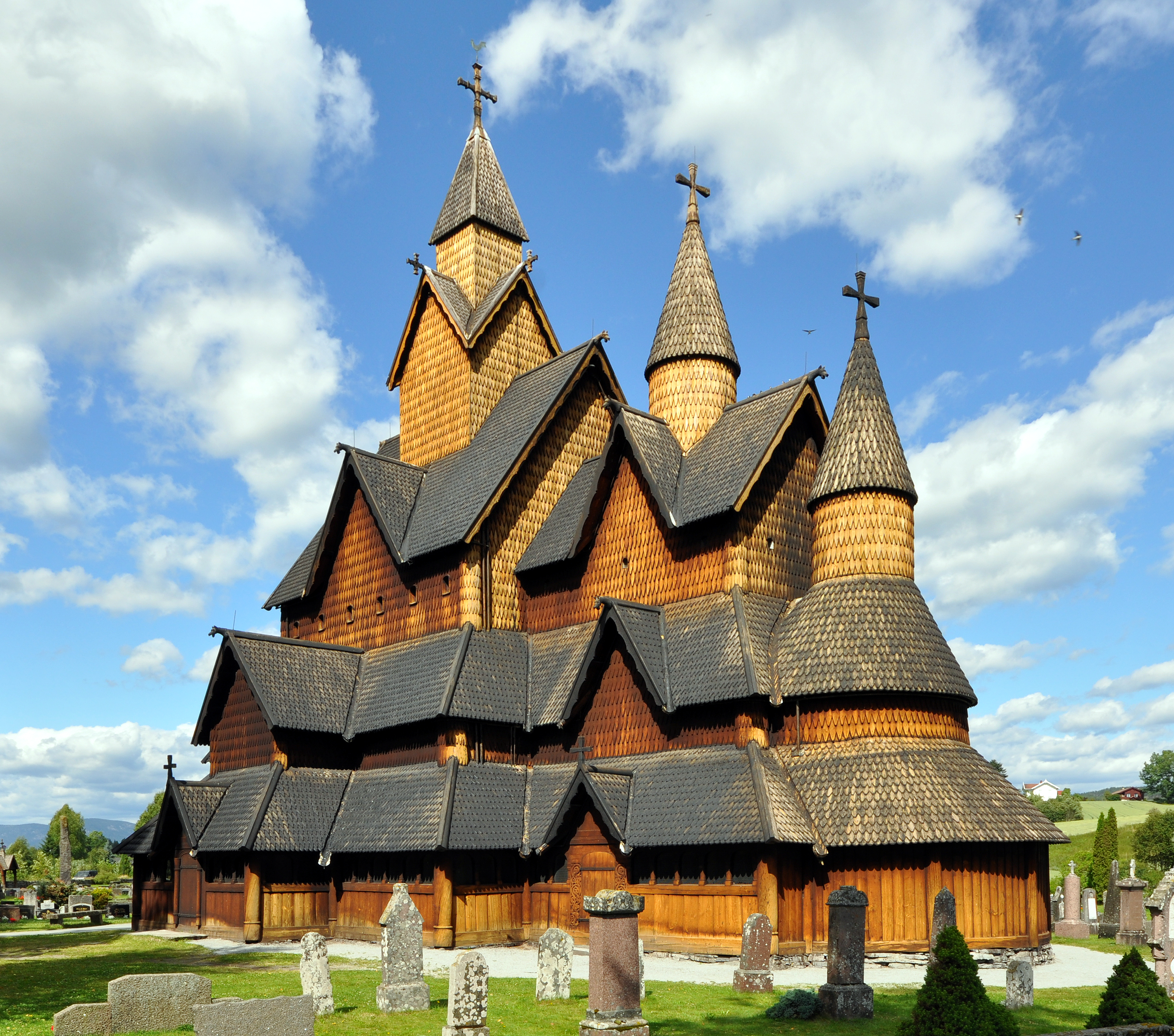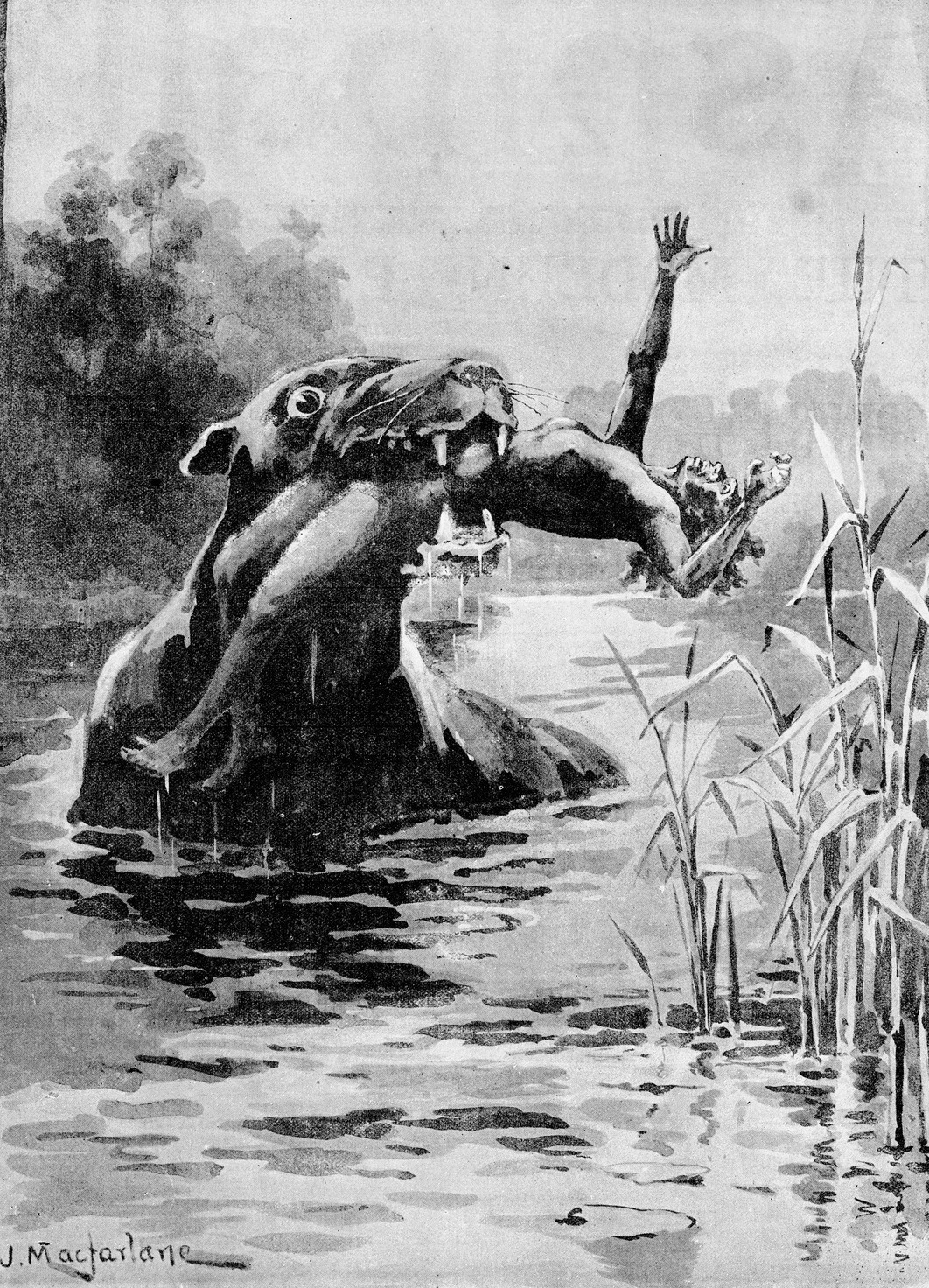|
Wihwin
Wihwin is the name given to a malevolent water spirit of Central America, particularly associated with the Miskito tribe. Similar mythological creatures around the world include the kelpie A kelpie, or water kelpie (Scottish Gaelic: '' each-uisge''), is a mythical shape-shifting spirit inhabiting lochs in Scottish folklore. Legends of these shape-shifting water-horses, under various names, spread across the British Isles, appea ... in Scotland, the Scandinavian bäckahäst and the Australian bunyip. Although normally a sea-dwelling demon, it prowls through mountain ridges during the summer months. The horse-shaped monster has "jaws fenced round with horrid teeth", which it uses to consume humans and other prey it finds on its nocturnal hunts. References Citations Bibliography * * * * {{refend Mythological horses Nixies (folklore) Indigenous Mesoamerican legendary creatures ... [...More Info...] [...Related Items...] OR: [Wikipedia] [Google] [Baidu] |
Kelpie
A kelpie, or water kelpie (Scottish Gaelic: '' each-uisge''), is a mythical shape-shifting spirit inhabiting lochs in Scottish folklore. Legends of these shape-shifting water-horses, under various names, spread across the British Isles, appearing in the Northern Isles, Irish, Manx, Northern English, and Welsh folklore. It is usually described as a grey or white horse-like creature, able to adopt human form. Some accounts state that the kelpie retains its hooves when appearing as a human, leading to its association with the Christian idea of Satan as alluded to by Robert Burns in his 1786 poem " Address to the Devil". Almost every sizeable body of water in Scotland has an associated kelpie story, but the most extensively reported is that of Loch Ness. The kelpie has counterparts across the world, such as the Germanic nixie, the wihwin of Central America and the Australian bunyip. The origins of narratives about the creature are unclear, but the practical purposes of kee ... [...More Info...] [...Related Items...] OR: [Wikipedia] [Google] [Baidu] |
Water Spirit
A water spirit is a kind of supernatural being found in the folklore of many cultures: African Some water spirits in traditional African religion include: * Mami Wata is a transcultural pantheon of water spirits and deities of the African diaspora. For the many names associated with Mami Wata spirits and goddess, see Names of Mami Wata., p. 1. * Owu Mmiri of some riverine people of Nigeria are often described as mermaid-like spirit of water. * A jengu (plural miengu) is a water spirit in the traditional beliefs of the Sawa ethnic groups of Cameroon, particularly the Duala, Bakweri, and related Sawa peoples. Among the Bakweri, the name is liengu (plural: maengu). * A simbi is a mermaid-like or reptilian spirits from Kongo tribe and related to Vaudou religion. Celtic In Celtic mythology: * An each uisge is a particularly dangerous "water horse" supposed to be found in Scotland; its Irish counterpart is the Aughisky. * The Gwragedd Annwn are female Welsh lake fa ... [...More Info...] [...Related Items...] OR: [Wikipedia] [Google] [Baidu] |
Central America
Central America is a subregion of North America. Its political boundaries are defined as bordering Mexico to the north, Colombia to the southeast, the Caribbean to the east, and the Pacific Ocean to the southwest. Central America is usually defined as consisting of seven countries: Belize, Costa Rica, El Salvador, Guatemala, Honduras, Nicaragua, and Panama. Within Central America is the Mesoamerican biodiversity hotspot, which extends from southern Mexico to southeastern Panama. Due to the presence of several active geologic faults and the Central America Volcanic Arc, there is a high amount of seismic activity in the region, such as volcanic eruptions and earthquakes, which has resulted in death, injury, and property damage. Most of Central America falls under the Isthmo-Colombian cultural area. Before the Spanish expedition of Christopher Columbus' voyages to the Americas, hundreds of indigenous peoples made their homes in the area. From the year 1502 onwards, Spain ... [...More Info...] [...Related Items...] OR: [Wikipedia] [Google] [Baidu] |
Miskito People
The Miskitos are an Afro-Indigenous ethnic group in Central America. Their territory extends from Cabo Camarón, Cape Camarón, Honduras, to Río Grande de Matagalpa, Nicaragua, along the Mosquito Coast, in the Western Caribbean zone. The Miskito people are descendants of shipwrecked and escaped enslaved West/Central Africans and Indigenous Hondurans and Nicaraguans. Majority speak the Miskito language and Miskito Coast Creole. Most also speak other languages, such as Spanish language, Spanish, English language, English, and German language, German. Spanish is the language of education and government, but some families educate their children in English, German, or Miskito. Miskito Coast Creole, an English-based creole language, came about through frequent contact with the British for trading, as they predominated along this coast from the 17th to the 19th centuries. Many Miskitos are Christians. A 1987 peace agreement afforded them land rights over traditional lands. However, des ... [...More Info...] [...Related Items...] OR: [Wikipedia] [Google] [Baidu] |
Scandinavian Folklore
Nordic folklore is the folklore of Denmark, Norway, Sweden, Iceland and the Faroe Islands. It has common roots with, and has been under mutual influence with, folklore in England, Germany, the Low Countries, the Baltic countries, Finland and Sápmi. Folklore is a concept encompassing expressive traditions of a particular culture or group. The peoples of Scandinavia are heterogenous, as are the oral genres and material culture that has been common in their lands. However, there are some commonalities across Scandinavian folkloric traditions, among them a common ground in elements from Norse mythology as well as Christian conceptions of the world. Among the many tales common in Scandinavian oral traditions, some have become known beyond Scandinavian borders – examples include The Three Billy Goats Gruff and The Giant Who Had No Heart in His Body. Legends * Tróndur was a powerful Viking chieftain who lived in the Faroe Islands during the 9th century. According to legend, T ... [...More Info...] [...Related Items...] OR: [Wikipedia] [Google] [Baidu] |
Neck (water Spirit)
The Nixie, Nixy, Nix, Näcken, Nicor, Nøkk, or Nøkken (; , ; ; Norwegian ; ; ; ; ; ; ; ; or ) are humanoid, and often shapeshifting water spirits in Germanic mythology and folklore. Under a variety of names, they are common to the stories of all Germanic peoples,The article ''Näcken''tome 20, p. 317 in (1914) although they are perhaps best known from Scandinavian folklore. The related English ''knucker'' was generally depicted as a worm or dragon, although more recent versions depict the spirits in other forms. Their sex, bynames, and various transformations vary geographically. The German and his Scandinavian counterparts were male. The German was a female river mermaid. Similar creatures are known from other parts of Europe, such as the Melusine in France, the Xana in Asturias (Spain), and the Slavic water spirits (e.g., the Rusalka) in Slavic countries. Names and etymology The names are held to derive from Common Germanic or , derived from PIE ("to wash") ... [...More Info...] [...Related Items...] OR: [Wikipedia] [Google] [Baidu] |
Bunyip
The bunyip is a creature from the aboriginal mythology of southeastern Australia, said to lurk in swamps, billabongs, creeks, riverbeds, and waterholes. Name The origin of the word ''bunyip'' has been traced to the Wemba-Wemba or Wergaia language of the Aboriginal people of Victoria, in South-Eastern Australia. The word ''bunyip'' is usually translated by Aboriginal Australians today as "devil" or "evil spirit". This contemporary translation may not accurately represent the role of the bunyip in pre-contact Aboriginal mythology or its possible origins before written accounts were made. Some modern sources allude to a linguistic connection between the bunyip and Bunjil, "a mythic 'Great Man' who made the mountains, rivers, man, and all the animals". The word ''bahnyip'' first appeared in the ''Sydney Gazette'' in 1812. It was used by James Ives to describe "a large black animal like a seal, with a terrible voice which creates terror among the blacks". Distribution The ... [...More Info...] [...Related Items...] OR: [Wikipedia] [Google] [Baidu] |
Mythological Horses
Myth is a genre of folklore consisting primarily of narratives that play a fundamental role in a society. For scholars, this is very different from the vernacular usage of the term "myth" that refers to a belief that is not true. Instead, the veracity of a myth is not a defining criterion. Myths are often endorsed by religious (when they are closely linked to religion or spirituality) and secular authorities. Many societies group their myths, legends, and history together, considering myths and legends to be factual accounts of their remote past. In particular, creation myths take place in a primordial age when the world had not achieved its later form. Origin myths explain how a society's customs, institutions, and taboos were established and sanctified. National myths are narratives about a nation's past that symbolize the nation's values. There is a complex relationship between recital of myths and the enactment of rituals. Etymology The word "myth" comes from Ancient G ... [...More Info...] [...Related Items...] OR: [Wikipedia] [Google] [Baidu] |
Nixies (folklore)
A Nixie tube ( ), or cold cathode display, is an electronic device used for displaying numerals or other information using glow discharge. The glass tube contains a wire-mesh anode and multiple cathodes, shaped like numerals or other symbols. Applying power to one cathode surrounds it with an orange glow discharge. The tube is filled with a gas at low pressure, usually mostly neon and a small amount of argon, in a Penning mixture. In later nixies, in order to extend the usable life of the device, a tiny amount of mercury was added to reduce cathode poisoning and sputtering. Although it resembles a vacuum tube in appearance, its operation does not depend on thermionic emission of electrons from a hot cathode. It is hence a cold cathode tube (a form of gas-filled tube), and is a variant of the neon lamp. Such tubes rarely exceed even under the most severe of operating conditions in a room at ambient temperature. Vacuum fluorescent displays from the same era use completely diffe ... [...More Info...] [...Related Items...] OR: [Wikipedia] [Google] [Baidu] |





